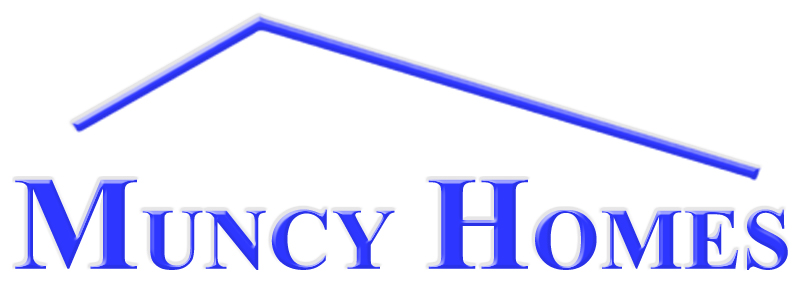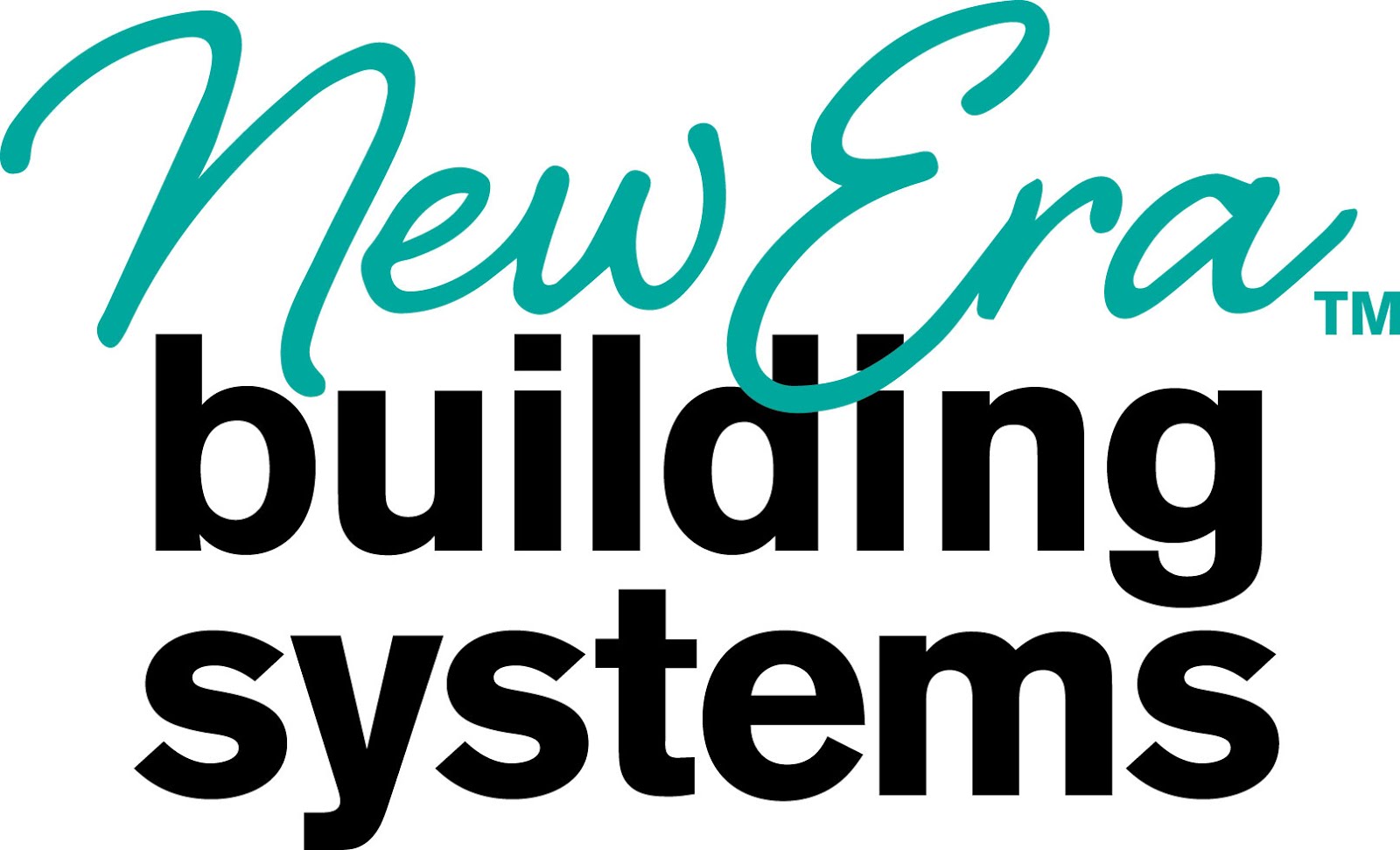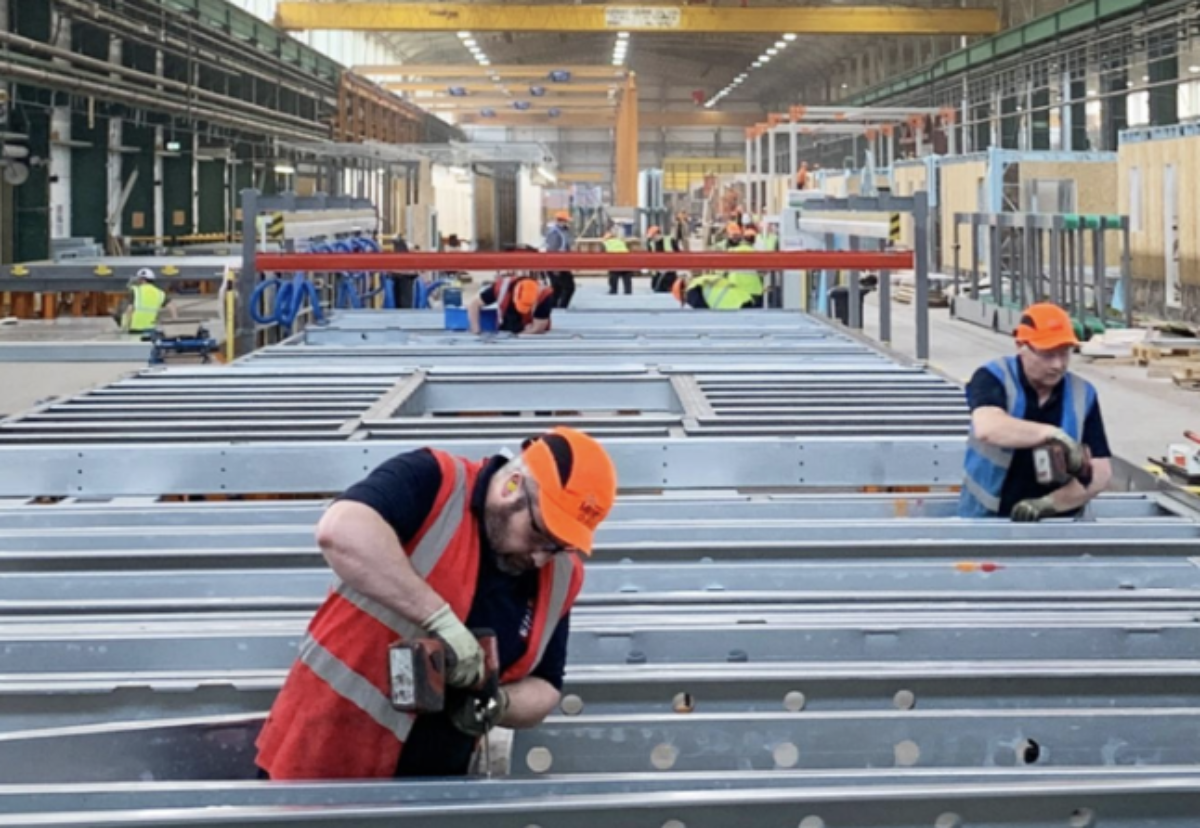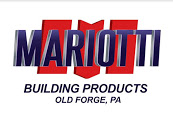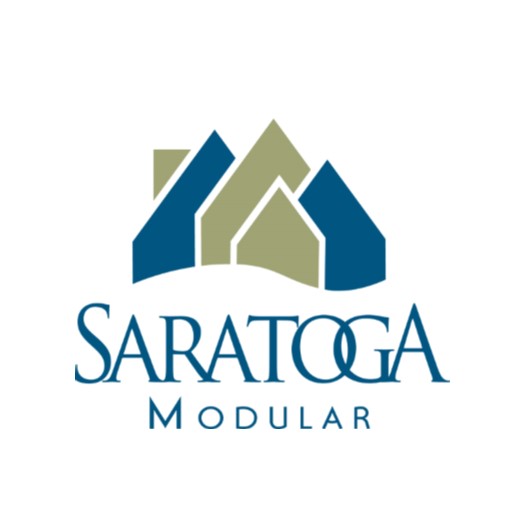Running a modular construction factory isn’t just about assembling homes on a production line—it’s about making the numbers work. Whether you’re an owner, an investor, or a factory manager, three key financial metrics dictate whether your business is thriving or teetering on the edge: breakeven, percentage of profit, and actual dollar profit.

all photos – Ilke Modular Homes
These numbers aren’t just a bunch of accounting jargon. They tell the story of whether your factory is covering its costs, making a sustainable profit, or heading toward trouble. Understanding how they interact—and what happens when one starts slipping—can mean the difference between a thriving operation and a financial headache.
Breaking Down Breakeven
1. Breakeven: The Starting Line
The breakeven point is the bare minimum a modular factory needs to produce and sell before it stops losing money. It’s the moment revenue catches up with expenses, and the business moves from red to black.
For a modular home manufacturer, breakeven depends on two types of costs:
- Fixed costs: The unchanging expenses that exist no matter how many homes you produce—factory lease, equipment financing, office staff salaries, insurance, and property taxes.
- Variable costs: The costs tied directly to production—materials, transportation, labor, and utilities.
Say a modular factory has $1.5 million in fixed costs per month and spends an average of $50,000 in variable costs per unit. If each home sells for $100,000, the breakeven point is 30 homes per month ($1.5 million ÷ $50,000 profit per unit). Sell fewer than that, and the factory is losing money.
But hitting breakeven isn’t enough—you don’t run a business just to survive. That’s where profit comes in.
2. Profit Margin: The Efficiency Test
Profit margin (or percentage of profit) is where financial efficiency meets reality. It measures how much of each revenue dollar stays as profit after covering all costs.
A modular home factory’s margins can vary wildly depending on a few key factors:
- Production efficiency: Are you maximizing output without wasting materials and labor?
- Supply chain costs: Are material prices stable, or are they eating into your bottom line?
- Pricing strategy: Are you underpricing just to stay competitive, or is your value proposition strong enough to demand higher prices?
If a factory makes a 10% profit margin on each home, that means every $100,000 sale brings in $10,000 in profit. A higher margin means more financial breathing room, but if costs start creeping up—like a spike in material prices or rising wages—margins shrink, and profitability takes a hit.
3. Actual Dollar Profit: The Big Picture
A factory’s actual dollar profit is the final scoreboard. It’s the total amount of money left after covering all costs. While percentage of profit measures efficiency, actual profit depends on volume.
Even if a factory maintains a steady 10% margin, total profit can still decline if fewer homes are sold. A drop in orders, a slowdown in the housing market, or supply chain disruptions can cause revenue to dip, cutting into total earnings.
For example:
- Scenario 1: A factory sells 50 homes at $100,000 each with a 10% margin = $500,000 profit
- Scenario 2: The same factory sells 30 homes instead of 50, keeping the 10% margin = $300,000 profit
Same efficiency, but much lower actual profit. When this happens, a company might be profitable in theory, but struggling in practice.
What Happens When One Metric Falls Apart?
The tricky part? These three financial indicators don’t always fail at the same time—sometimes, just one starts slipping, creating a chain reaction of problems. Here’s what happens when a modular factory starts losing its grip on one of them:
🔴 Breakeven Isn’t Met
This is the worst-case scenario. If a factory is producing below its breakeven point, it’s losing money no matter how efficiently it operates. When this happens, businesses have to make tough choices:
- Cut costs—but only where it won’t sacrifice quality.
- Raise prices—but only if the market will tolerate it.
- Increase volume—but that often requires more marketing, sales efforts, or production efficiency.
If breakeven isn’t met consistently, even the best-run factory is headed for trouble.
🟡 Profit Margins Shrink
Let’s say a factory is selling enough homes to stay above breakeven, but margins start shrinking due to rising material costs, higher wages, or underpricing to win contracts. This leads to a slow bleed of profitability. The factory may still be making money, but at some point, those shrinking margins will catch up to the business, limiting its ability to reinvest in growth or weather economic downturns.
🟠 Actual Profit Drops
Even with strong margins, if overall revenue falls—due to lower sales volume, seasonal slowdowns, or market changes—actual dollar profit shrinks. This is often the first sign of trouble before bigger issues arise. If a company doesn’t have enough total profit, it may struggle with cash flow, delaying payments to suppliers or workers, which can create operational headaches.
The Takeaway: Balance is Key
Modular home factories don’t just need to build houses efficiently—they need to build a financially sustainable business. If breakeven is met, margins are healthy, and actual dollar profit is strong, a factory can thrive. But if one of these three pillars starts to weaken, it can lead to a domino effect that puts the business at risk.
The best-run modular factories constantly monitor these metrics, adjusting strategies as needed to stay ahead of potential issues. After all, in offsite construction, the difference between success and failure isn’t just about how well you build—it’s about how well you manage the numbers.
.
Gary Fleisher, The Modcoach, writes about the modular and offsite construction industry at Modular Home Source.
.
CLICK HERE to read the latest edition
Contact Gary Fleisher


